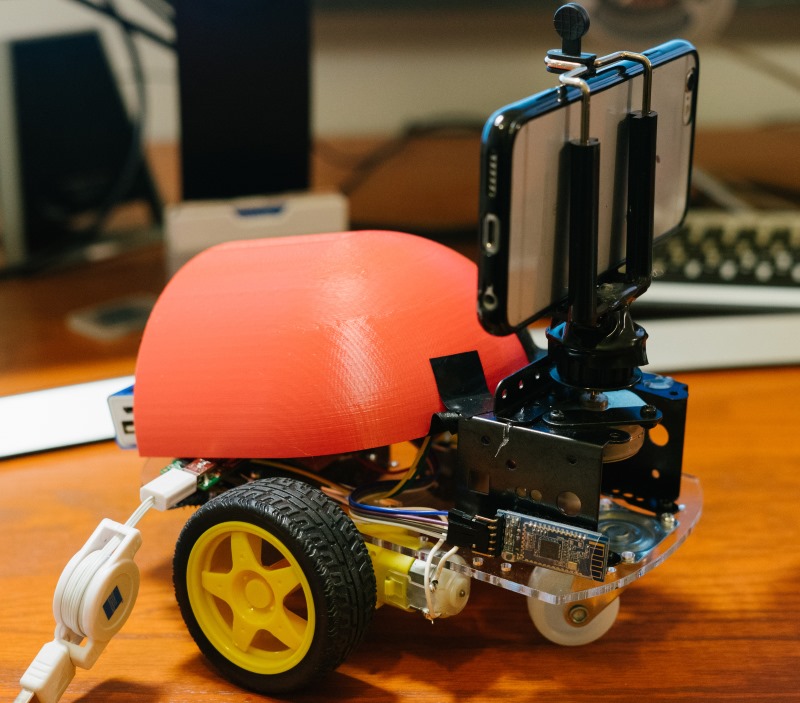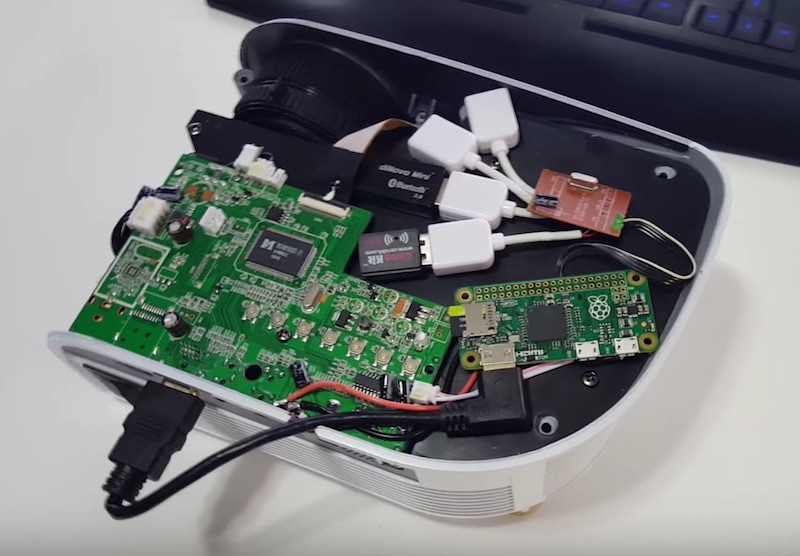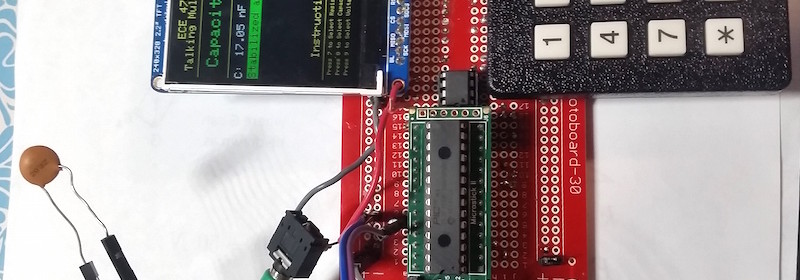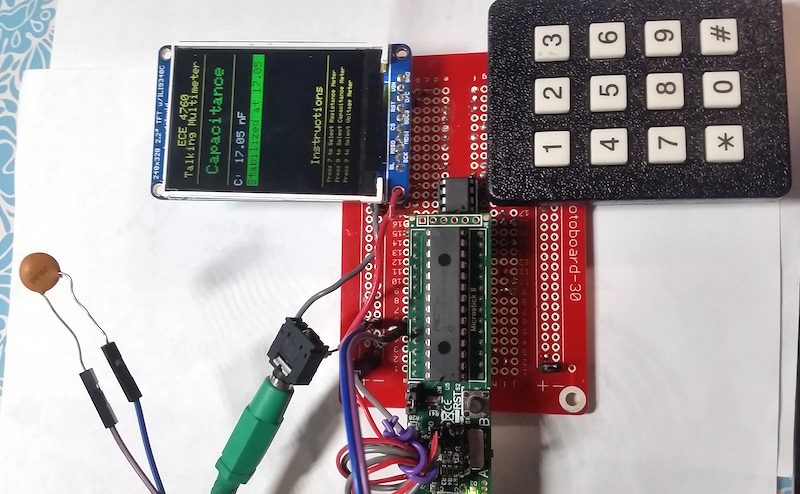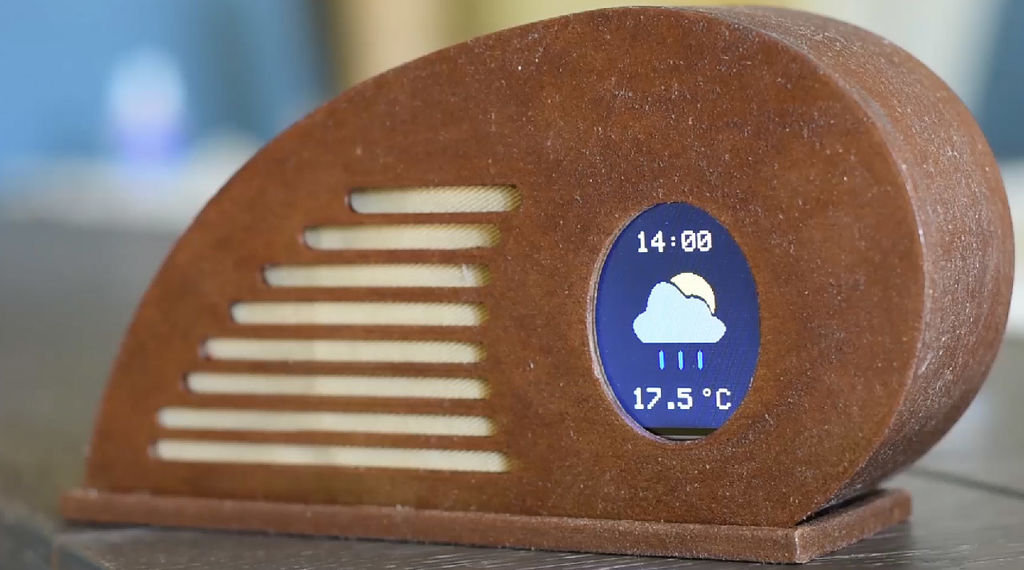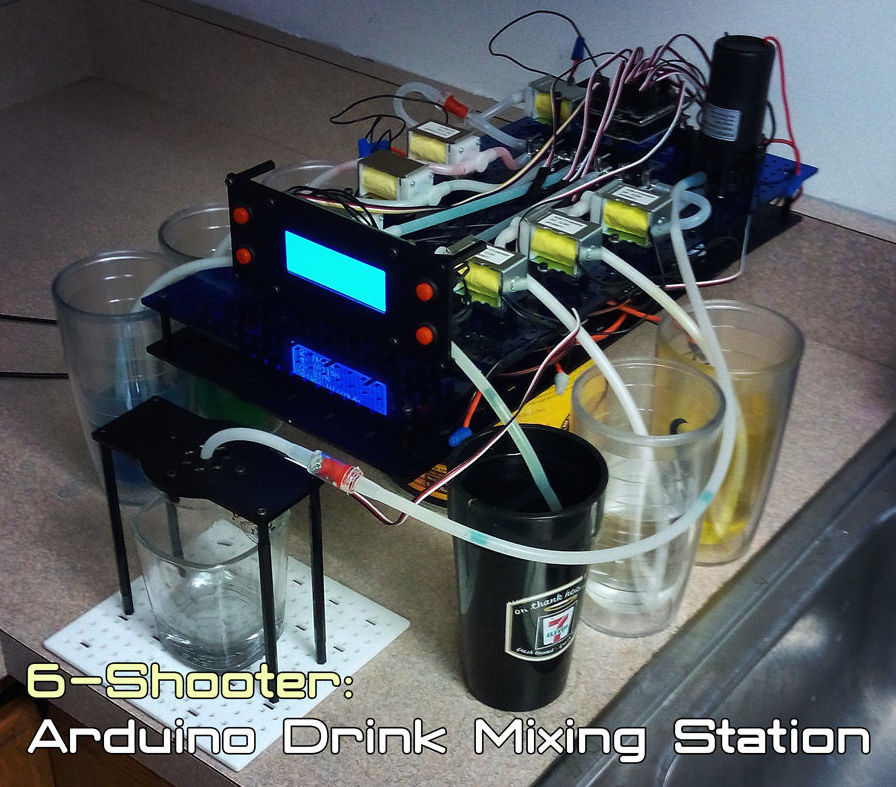Motion control camera robot for creating moving time-lapses

Motion-controlled autonomous camera robots are great for capturing moving time-lapse. Sacheth, Ope, and Jason (three ECE students at Cornell) built an iPhone controlled moving robot with a mounted camera to serve the same purpose. The position of the camera can be controlled as well through the iPhone App. Users can also pre-program it with certain motions with time intervals to capture a moving time-lapse of a landscape.
The brain of their camera robot is the PIC32MX250F128B microcontroller that receives commands from the iPhone App over Bluetooth. Two DC motors are used to drive the camera robot, while a unipolar stepper motor controls the camera rotation. See the demo video below:
